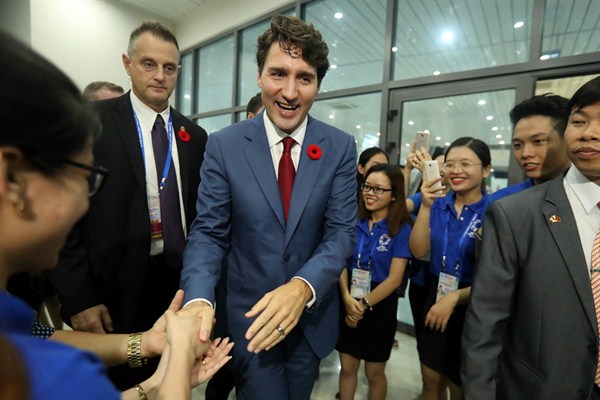After President Donald Trump withdrew the United States from the 12-nation Trans-Pacific Partnership in January, the trade deal’s remaining members resolved to carry on without their biggest partner. Earlier this month, at a meeting in Vietnam, they agreed to new core terms, despite the last minute vacillation by Canada’s prime minister, Justin Trudeau. While Canada’s continued hang-ups about the TPP have stalled a final agreement, many experts believe the U.S. departure from the deal may actually put Canada in a better position than before. In an email interview, Dan Ciuriak, a senior fellow at the Centre for International Governance Innovation and former deputy chief economist at the Canadian government’s Department of Foreign Affairs and International Trade, discusses why Canada has hesitated to commit to the TPP, how the U.S. exit changed its calculations and what Canada stands to gain and lose from the deal.
WPR: Canada was one of the last countries to get on board with the TPP. What issues stood in the way at the time and what issues remain unresolved?
Dan Ciuriak: Both context and trade interests played a role in Canada’s delayed entry into the TPP. In fact, Canada passed on two opportunities to join but pulled the trigger on the third.

